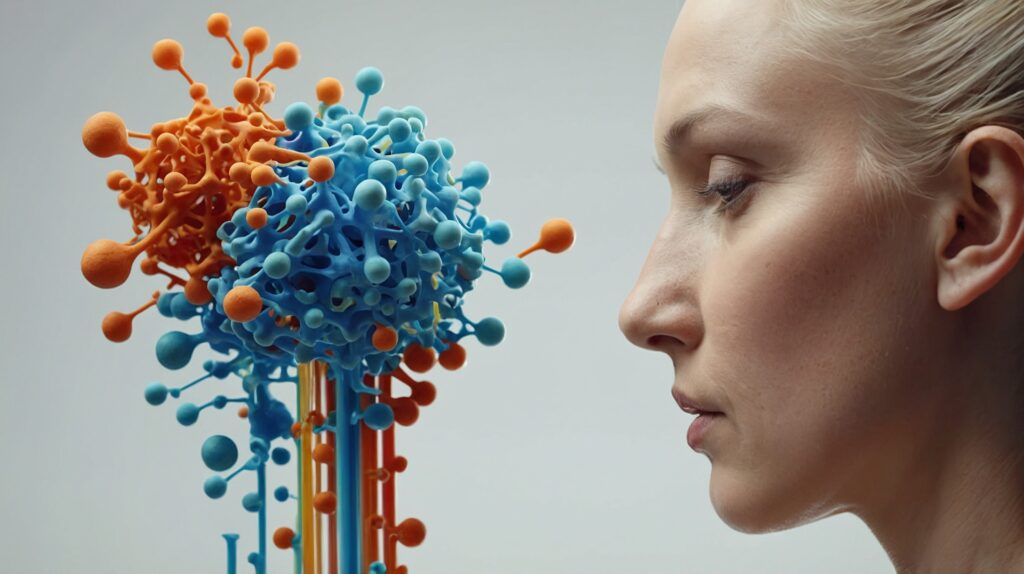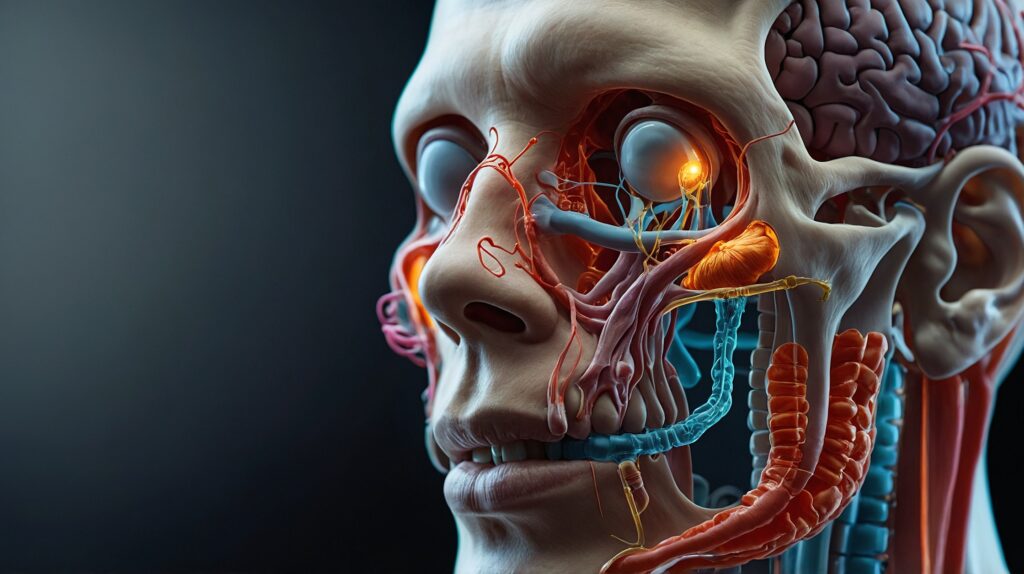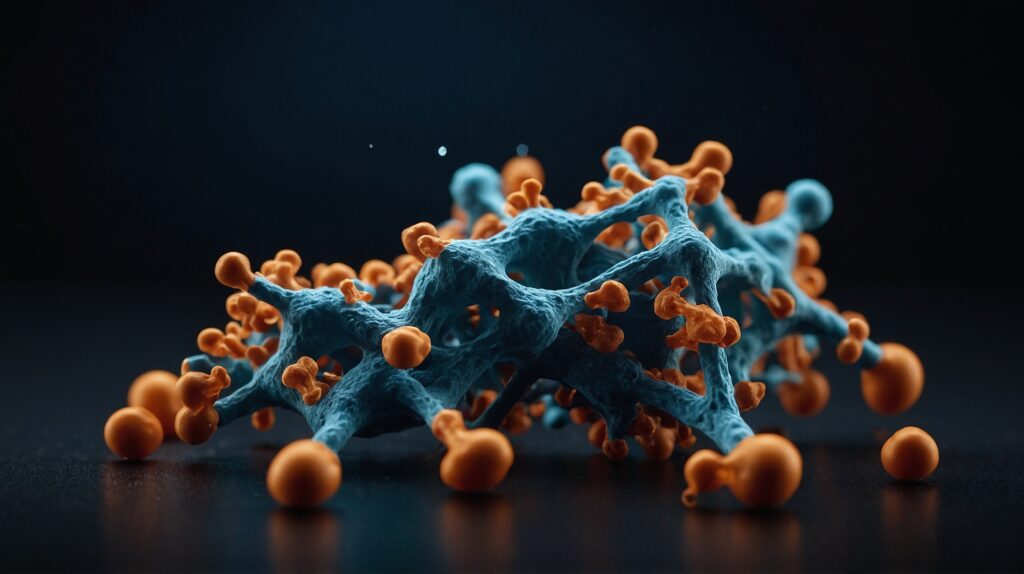
Odor is one of the more mystical and complicated senses in the sensory realms. While there have been many advances in the study of vision and hearing, there is still so much about olfaction that yet has to be deciphered. Recent breakthroughs in the field of artificial intelligence, structural biology, and data analytics bring new light onto this exciting field. Let’s go over the most recent research which helps us decode the language of scent.
The Sophistication of Odor Molecules
The problematic thing with the science of olfaction is that the chemical structure of a molecule does not correlate with its odor. While color can be described along a predictable spectrum, or sound by frequency and volume, smell cannot be reduced to such simple metrics. Herein lies the fait accomplis: two molecules with nearly identical structures could yield radically different scents, whereas structurally very different compounds may smell strongly similar.
It does not stop there, because most odors in nature are complex mixtures that contain hundreds of different types of molecules. The smell of coffee or the fresh tomato fragrance is an orchestra of different molecules, interpreted by our noses into one recognizable olfactory sensation.
Odor Biology: A Refined Decoding System
The olfactory system of a human being is one of the biggest wonders in biological engineering. While we have only two different types of receptor cells in our eyes for viewing light, the human nose contains an amazing array of around 400 different types of odor receptors. Most of the olfactory neurons express only one type of these receptors; hence, inferring a highly specialized detection mechanism.

The complex combination of these allows humans to theoretically tell a trillion different odors. Precisely how such signals from the receptors combine to create the sensation of smell is still the subject of intense investigation.
Artificial Intelligence: A New Tool in Olfactory Research
Artificial intelligence has emerged in recent years as an incredibly important adjunct to the quest to understand smell. Scientists now use machine learning algorithms to build predictive models that can relate molecular structure to odor perception.
One such breakthrough came from collaboration between Google’s AI research division and the Monell Chemical Senses Center. Their AI model, which had been trained on thousands of molecular structures along with their respective smell descriptions, competed well against human sniffers by predicting odors given only the chemical structure. This was a huge leap in the way of establishing a detailed map of smell.
Unraveling the Mystery of the Olfactory Receptor
Decoding the sense of smell requires an understanding of the structure and function of olfactory receptors. Unfortunately, these proteins have been notoriously difficult to study because they are highly unstable under laboratory conditions.

Recent developments in the field of structural biology have finally made it possible to elucidate the three-dimensional structures of a few olfactory receptors. For example, in 2022, the first human olfactory receptor protein structure in its odorant-bound state was reported by scientists. A very important insight into the way such receptors recognize and respond to different molecules is found in these types of findings.
Future of Olfactory Science
As our knowledge of smell continues to rise, so does the possible use of such knowledge. Among others, researchers are digitally engineering smell – a fact that could finally create electronic noses capable of diagnosing diseases, creating safer insect repellents, and innovating flavors and fragrances.
Further insight into the process of olfaction can help explain how this sense interfaces with important brain activities, including memory, emotion, and navigation. Other researchers are even investigating active sensing and motion toward or away from odors in animals-a field with potential applications ranging from robotics to environmental monitoring.
Conclusion
Now, with firm interdisciplinary collaboration and the latest technologies, the science of odors is experiencing some kind of renaissance. Each time we uncover a secret of olfaction, it is not only scientific curiosity that is satisfied; rather, it opens up new technologies and insights into everything from healthcare to agriculture to artificial intelligence.
While we have achieved quite a lot, the number of questions still overwhelms the amount of answers. For instance, how does the brain manufacture the perception of a specific smell? Can we produce digital smell sensors that compete with noses developed by biology? As more and more research in this area gains momentum, exciting findings are bound to emerge that will lead to further understanding of this very basic yet enigmatic sense.
